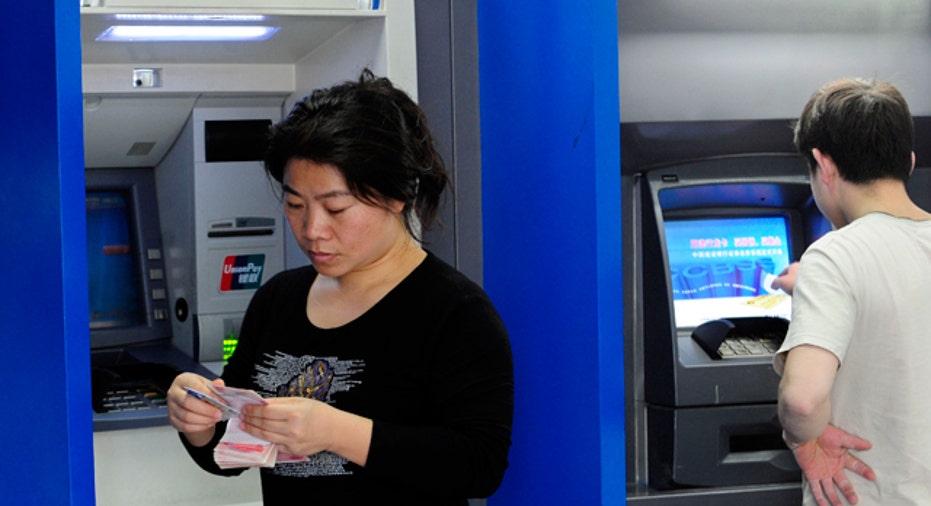Will Streamlined Checking Disclosures Catch On?

Maybe, just maybe, U.S. banks are starting to get the message: You need to treat your customers well if you intend to keep them.
After months of worsening treatment from banks, the first clue that things may be changing for customers came in the fall when several banks enacted new ways to allow them to avoid fees on their checking accounts. Many banks had instituted new checking fees in reaction to restrictions imposed by the Dodd-Frank financial reform bill.
In many cases, it turned out all you had to do was maintain a specified minimum balance, have direct deposit or open some other related account to avoid the charges. Some banks, such as Wells Fargo, even began calling their customers with suggestions for eliminating the fees they were incurring.
Then Bank of America agreed to back down from its plan to charge its customers $5 a month for using a debit card tied to a checking account. Although Bank of America may have stuck to its guns if one of the other big banks had agreed to similar fees, virtually every bank that had been testing the fees abandoned them, forcing B of A to follow suit.
Now Chase has become the first bank to voluntarily adopt a simplified checking account disclosure form. This simplified form aims to make it easier to compare banks than the lengthy, legalese-laden forms used at most institutions, where key information is often scattered about or confusingly worded.
Last year, a research arm of Pew Charitable Trusts, noting that the typical checking account disclosure form runs more than 110 pages, proposed a one-page disclosure form. This form included details about minimum balances, checking interest rates, and various fees.
It also set out the banks' policy for the order it used to post withdrawals. This became important after it suspicions arose that many banks were deducting big withdrawals first in order to rack up the highest possible overdraft charges.
In other words, instead of paying a $35 overdraft penalty when the bank covered your $1,500 mortgage -- something you might actually be grateful for -- you were paying $35 overdraft charges on things like a $2.91 cup of coffee at Starbucks.
Although Chase's disclosure form runs three pages, it's a step in the right direction. In fact, Chase even worked with Pew's Safe Checking in the Electronic Age Project to come up with the form. According to the New York Times, two credit unions have also adopted simplified forms.
Still, things are not entirely copacetic these days between banks and their customers. Savings account interest rates remain low, and many Wall Street banks no longer offer free checking. As a result, customers are flocking to online checking accounts, Main Street banks and credit unions, where the best CD rates and interest rates on savings are now often found.
But three cheers to Chase for taking the step toward streamlined forms. With any luck, this bold step will become a model for the rest of America's big banks.
The original article can be found at Money-Rates.com:Will streamlined checking disclosures catch on?